The Hoosier National Forest Still in Danger
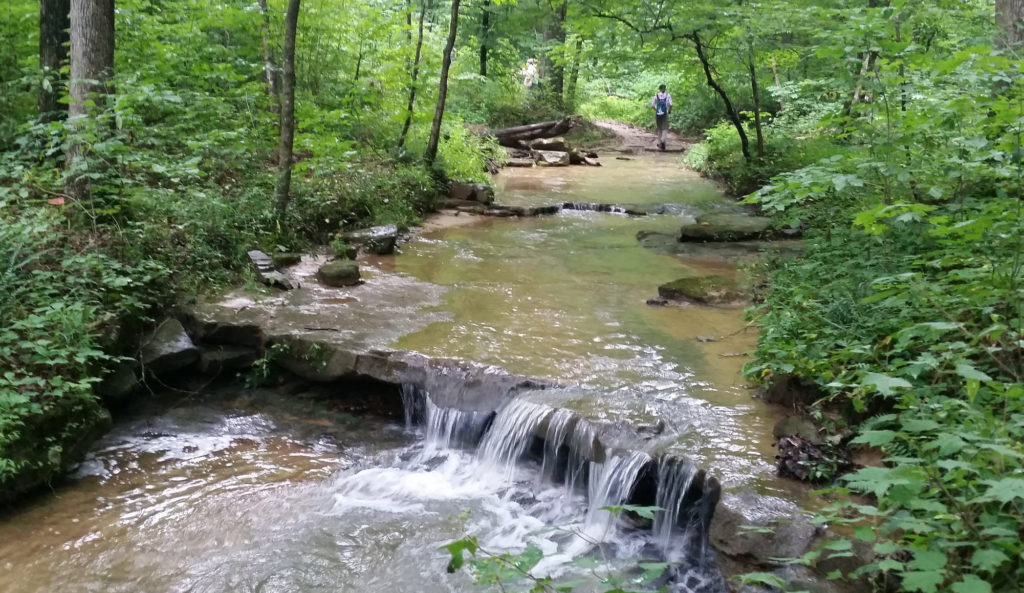
Comments from Jeff Stant, Executive Director Waiting for the Court to Decide on Houston South A Lawsuit by Monroe County, IFA, HEC and David Simcox challenging the massive logging and […]
4,375 Acres to be Logged and Burned in Hoosier National Forest
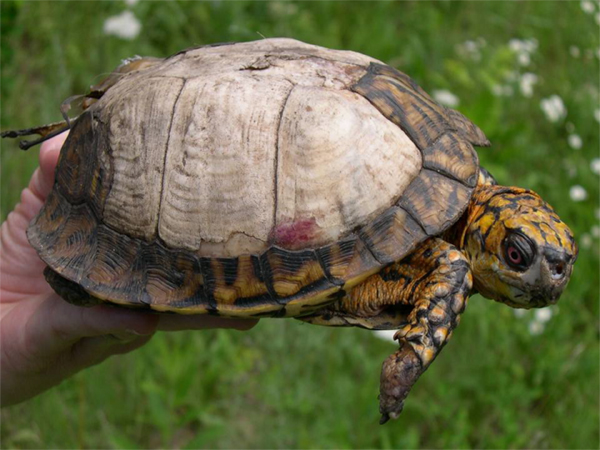
We urgently need your help in contacting the officials listed below to stop this ill-advised project and compel the Forest Service to consider alternatives.
Houston South Logging Project–Your Comments Needed by August 26 (Monday)
Friends of Lake Monroe has produced a summary of the five key arguments against the Houston South logging project in the Hoosier National Forest to help you formulate your comments to the U.S. Forest Service. Comments are due by August 26.
Say “NO” to the DNR and “YES” to State Parks!
Hoosiers call for Salamonie River & Frances Slocum State Forests to be changed to State Parks!
Contact Your Legislators to Protect Indiana’s State Forests!
By Jeff Stant, IFA Executive Director Updated March 22, 2019 Virtually every week, the Indiana Forest Alliance hears from concerned Hoosiers about proposed logging in their favorite areas of Indiana’s […]
Senate Bill 610 Creates Accountability for Indiana State Forests
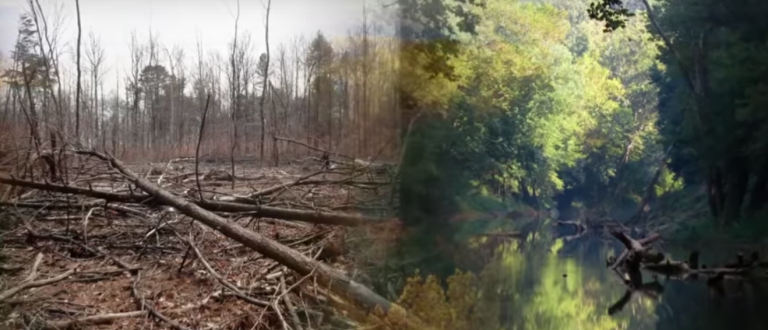
Call your Indiana State Senator today at (800) 382-9467. Express your support for this bill and ask that they contact Senator Sue Glick, Chair of the Senate Natural Resources Committee, and ask that this bill have a hearing.
Banding Together for What Belongs to All of Us
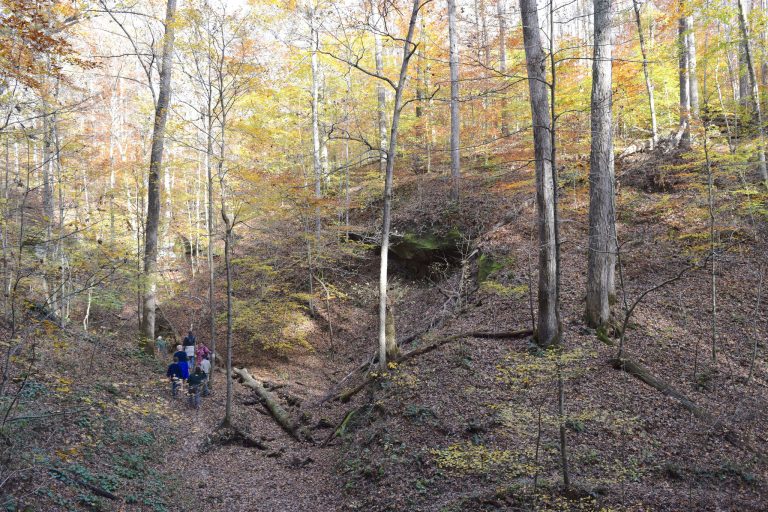
Publicly owned land provides a rich opportunity to create large contiguous sections of undisturbed forest that can be allowed to mature into true old growth conditions that will act as a repository for the plants and animals that need this environment to thrive.
Lake Monroe’s Watershed & Hoosier National Forest: Defining “Public Good”
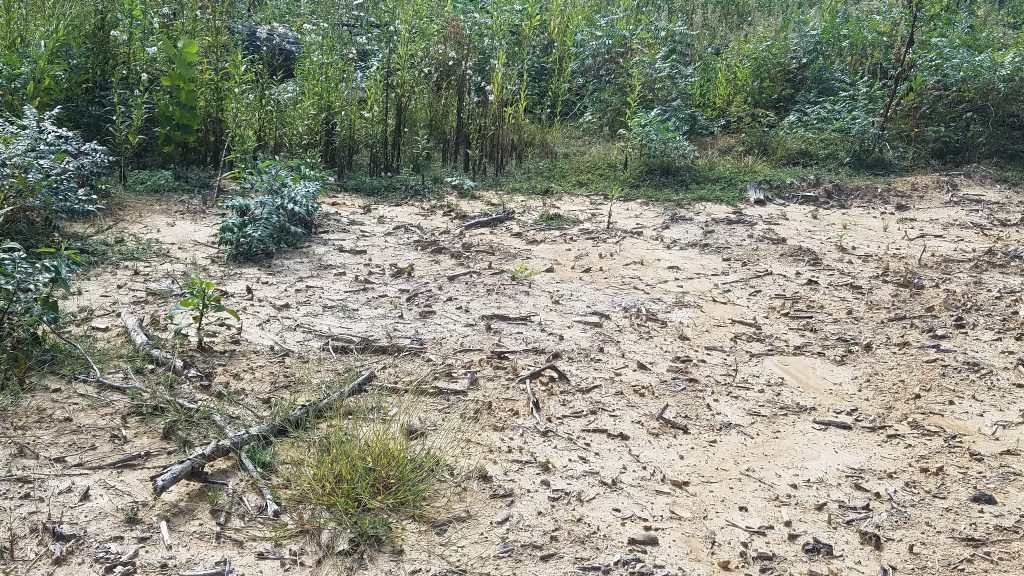
Of the 24% of the watershed that is state forest (Morgan-Monroe and Yellowwood), logging projects are completed, planned, or ongoing in both.
Forests to Faucets: Logging in the Hoosier National Forest & the Lake Monroe Watershed
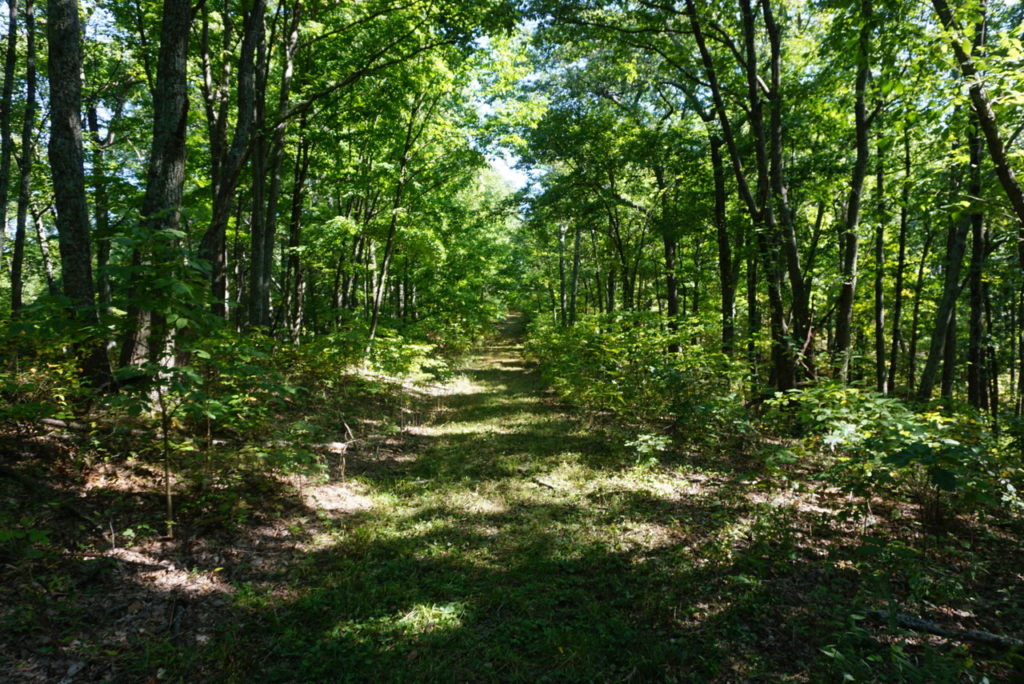
Many forests leads to faucets — watersheds and forests are naturally interconnected.
Preserving Our Way Out of the Climate Crisis
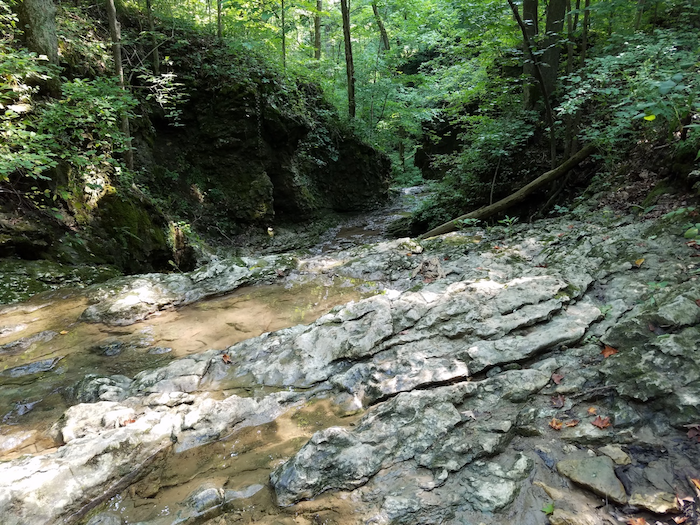
We were saddened to learn that logging may be harvesting many of the mature trees in Indiana’s State Forests. This is especially true of Salamonie River State Forest.
